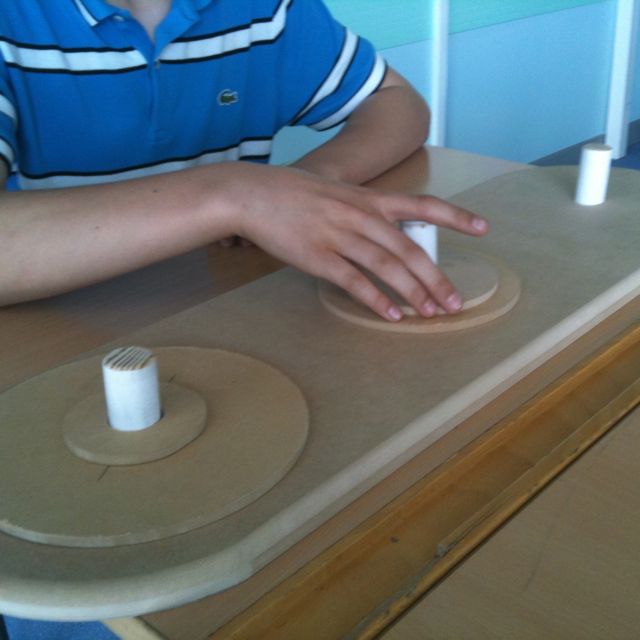An incentive to generalise
Sunday 17 July 2011
 I recently attended the ICTMT10 conference in Portsmouth. Amongst the many presentations was a thought provoking keynote from Richard Noss in which one of the themes was considering the merits of different representations for complex and abstract mathematical ideas. He discussed a particular example of a ‘typical’ sequences question in which students were expected to draw the next two patterns of a given tiling sequence and deduce the algebraic generalisation that gave the number of tiles required for any given term of that sequence. The discussion went on to look at ‘typical’ responses where students will spot a term to term rule and mistakenly try to express this algebraically rather than considering a position to term relationship. It was then noted that teachers will try to help students move on by asking them to predict the number of tiles for the 100th term. This may achieve some success, but will draw, from some students, the reaction of counting the number of tiles in the 10th problem and multiplying it by 10.
I recently attended the ICTMT10 conference in Portsmouth. Amongst the many presentations was a thought provoking keynote from Richard Noss in which one of the themes was considering the merits of different representations for complex and abstract mathematical ideas. He discussed a particular example of a ‘typical’ sequences question in which students were expected to draw the next two patterns of a given tiling sequence and deduce the algebraic generalisation that gave the number of tiles required for any given term of that sequence. The discussion went on to look at ‘typical’ responses where students will spot a term to term rule and mistakenly try to express this algebraically rather than considering a position to term relationship. It was then noted that teachers will try to help students move on by asking them to predict the number of tiles for the 100th term. This may achieve some success, but will draw, from some students, the reaction of counting the number of tiles in the 10th problem and multiplying it by 10.
The example was one of many that alluded to the notion that numbers have different meanings in different contexts with different representations that is both testimony to the richness of numbers and algebra and the ease with which a student can be confused. This was amusingly demonstrated with a picture of two buses, one the number 9 and the other the number 18, which was twice as long, but half as high!
Sticking with the first example and being aware of the problems based on my own classroom experience, I wanted to add that another factor that contributes to general confusion is the lack of ‘incentive to generalise’. For my money a good activity will stop students from asking ‘Why do we need to do or learn this’ not by answering the question directly, but by engaging students with activity and incentives that pre-occupy them before they think to ask. A simple example of this is ‘Sudoku’. Why does anyone need to do that? I could come up with lots of good answers but millions of people worldwide never ask! With this in mind I wanted to share some examples of activities that I think provide that engagement and incentive to generalise.
These activities involve real physical situations in which students are actively involved in solving problems that can be modeled algebraically. The puzzle provides engagement and incentive by appealing to a natural puzzle solving instinct and better yet, it provides a physical, structural link from which students can generalise, thus taking the edge off the otherwise abstract nature of the process. Each of the links below is to a teaching activity ready to go for classrooms or ready for twisting and turning by teachers and students alike. The activities come with descriptions, resources and teacher notes to help think about how to get the most out of them.
The classic puzzle that can be modeled by an exponential sequence which means that only a small increase in the number of discs would make the problem unsolvable within our own lifetimes! Get a real one and let students physically do it themselves.
Truly one of my favourite lessons year after year. There is so much going on with this puzzle, not least of which is a nice example of a quadratic sequence. Get students hopping and sliding around the room to get under the skin of this one.
Another good one for physical activity and packed with a couple of nice surprises. It’s a linear sequence that can be broken down into smaller ones. It is really accessible and good fun!



